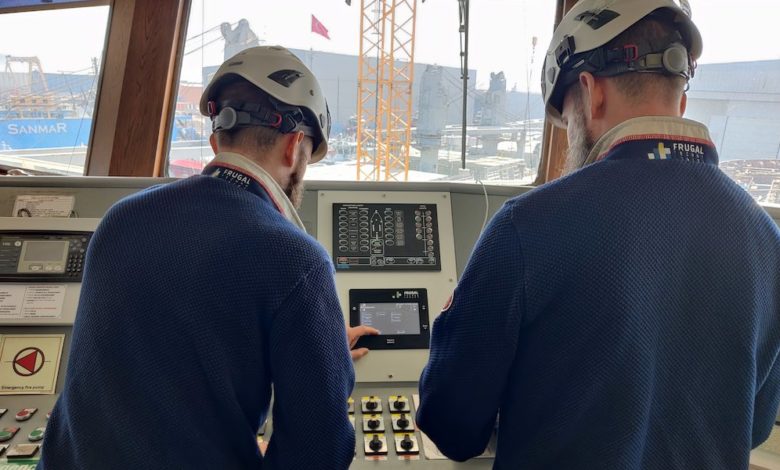
Gian Enzo Duci, managing director of Oceanly, discusses how to buy into maritime tech.
Shipping has always been a costs-driven business. The winners aren’t those who spend the most, but those who spend wisely. In a market defined by thin margins and brief profit spikes, timing is everything.
For shipowners, this tension is nothing new. Jump on innovation too early, and you could end up stranded, like Columbus discovering America only to find the Vikings already running the place. Wait too long, though, and you might sail straight into someone else’s future, this time Columbus arrives just in time to shake hands with President Trump. At sea, timing has always mattered more than novelty.
For decades, the cycle has been familiar: long stretches where freight rates barely cover operating costs, interrupted by short, volatile windows of high earnings. Against this backdrop, investing in innovation can feel like a gamble. But those who time their moves, knowing when to modernise fleets, digitalise operations, or adopt green technology, gain an edge that endures.
Today’s fascination with dual-fuel vessels and alternative fuels highlights the risk of premature adoption. These projects, often pursued by wealthy owners, rarely optimise costs or deliver quick returns. Upfront costs are steep, regulations fluid, and infrastructure is uncertain. As a result, the benefits are aspirational, not guaranteed.
This is a departure from shipping’s most transformative innovations. Steam power replaced sail because it was faster and more reliable. Containerisation revolutionised logistics by slashing costs per unit shipped. By contrast, today’s experimental fuels risk raising costs without providing clear short-term value. Poorly timed, they can become financial burdens.
History is full of lessons about innovation arriving before its time. The Michelangelo and Raffaello, built in the early 1960s and launched in 1965 as icons of Italian engineering, entered service just as air travel eclipsed ocean liners on transatlantic routes. Despite their technological sophistication, both ships were withdrawn within a decade because they were commercially unsustainable. Today’s innovators face similar risks. No matter how advanced the solution, progress stalls if the market, infrastructure, and regulatory ecosystem aren’t ready to support it.
That alignment is key. For any new technology to succeed, everything from ports and fuel supply chains to compliance standards must be prepared for large-scale deployment. Strategic timing is not simply about reacting to market cycles, it’s about ensuring innovation matches real-world conditions.
Financially, the conversation must go beyond headline capex. While newbuilds and retrofits require major upfront capital, operating expenses (opex) and voyage costs (voyex) can often be reduced immediately through smarter planning, predictive maintenance, and AI-driven optimisation. The greatest returns come from synchronising these elements, using innovation to deliver measurable operational savings now while laying the groundwork for future regulatory and fuel transitions.
Pressure to decarbonise and digitalise is intensifying, but innovation for its own sake is not a strategy. Knowledge must come before decision. By grounding investments in high-frequency operational data and scientific analysis, owners can cut today’s costs while preparing for tomorrow’s regulatory and fuel transitions. In this way, innovation stops being a gamble and becomes an asset.
Artificial Intelligence is one example of technology that delivers measurable value today. AI-driven analytics can turn raw data into actionable insights, strengthening compliance through transparent, auditable data trails. Unlike speculative fuel experiments, AI already enhances performance while cutting costs.
Shipping will always be cyclical, but technology can help smooth the peaks and troughs. Early adopters risk costly mistakes, while late adopters face penalties and inefficiencies. The leaders of tomorrow won’t be those who experiment the most, but those who invest at the right time.
In this new wave of maritime innovation, timing isn’t a luxury, it’s a survival skill.




